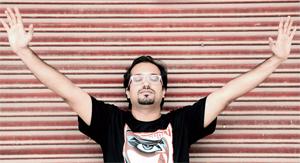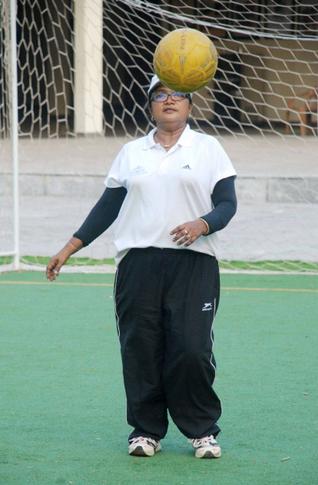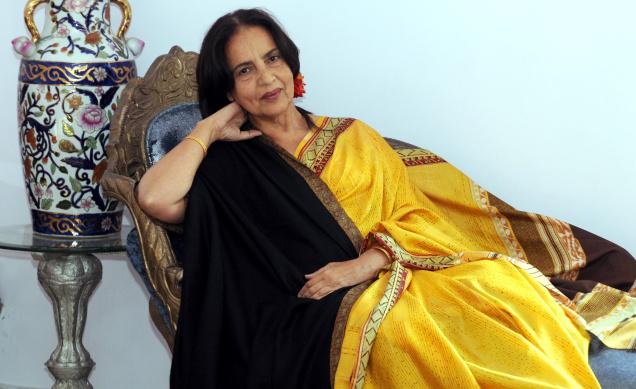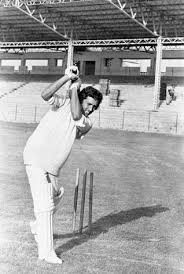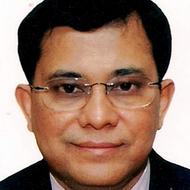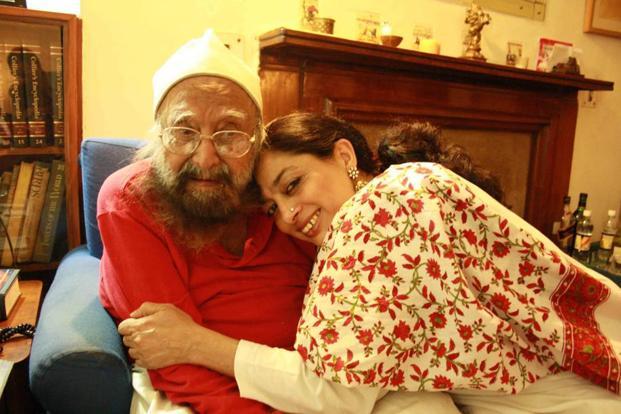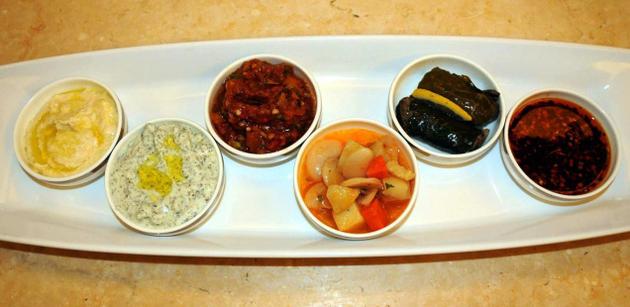
The Turkish food festival at Park Hyatt offers a lot more than the staple doner kebab
The connection between Hyderabad and Turkey goes back a few centuries; Alauddin Khilji of the Khilji dynasty which ruled the state in the 14th century was of Turkic origin, Sultan Quli Qutb Shah who founded the Qutb Shahi dynasty too was of the same ethnicity, Princess Durre Shehvar, wife of Azam Jah, the eldest son of the seventh Nizam of Hyderabad is the daughter of the last Caliph of Turkey and more recently, Princess Esra, wife of Prince Mukarram Jah too hails from the country.
Surprisingly, while Hyderabad still retains much of the Mughlai and Iranian influence when it comes to culinary matters, Turkish food still remains quite different in flavour, ingredients and in technique. Moreover, while Mediterranean food is quite popular in the city, the fare is restricted to Lebanese, Greek and Italian, with the latter being present in almost every restaurant. So we head, all excited, to the Turkish food festival at The Dining Room in Park Hyatt with Turkish chef Turgut Tonbol from the Grand Hyatt in Istanbul. We sit down with the chef, who hails from Bolu, a province which he informs us is a region known for its contribution to Turkish culinary heritage.
“Turkish food mainly consists of the cold mezze and grilled or boiled meat,” he informs us, “but we also have a lot of broad beans, chickpeas and lots of soups in the diet.” Hyderabadis are no strangers to the cold mezze platter which has become a staple in many multi-cuisine and continental restaurants but the platter offered by Chef Tonbol has more than the usual Hummus and Tzatziki. The most interesting of these is the vine leaves, stuffed with rice, nuts and spices doused in olive oil. The platter also contains a simple preparation with broad beans and a mild chilli sauce. The freshly baked pita bread goes well with all or any of these accompaniments.
The cold mezze includes mainly vegetarian dishes. “In Turkey, we don’t have meat for mezze. It is only vegetables,” points out Chef Tonbol who says that the festival includes at least one dish from all the different culinary traditions in Turkey.
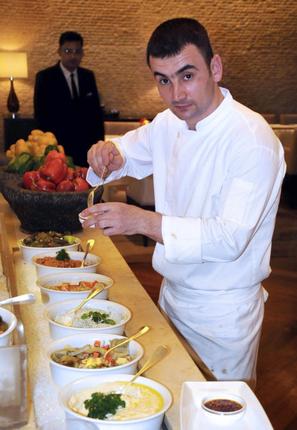
Ask Chef Tonbol what his favourite dish of the afternoon is and he doesn’t think too much before naming the Shrimp Guvec, a mild stew spiced with chilli and herbs. He also suggests the Chicken Sheesh, a grilled meat dish very similar to our own kebabs, except it is marinated with a special Turkish red chilli, a milder version of the Indian chilli. “It is more similar to Kashmiri chilli which is bright in colour but less spicy in taste,” he informs adding jokingly that to eat Indian food, you “must be a strong man” to be able to take the level of spice. “The Yayla soup, a yoghurt based soup with mint, rice and egg is also a uniquely Turkish dish and a must try.”
Desserts include the favourite Baklava, a Turkish rice pudding and Turkish pumpkin, a simple but fresh and tasty dessert of sweetened pumpkin and cream cheese. But whatever you may pick for the main course, Chef Tonbol advises that you don’t leave without savouring the Turkish coffee accompanied by Turkish delights. The strong black coffee is a must after a meal, “for the gossip sessions”.
source: http://www.thehindu.com / The Hindu / Home> Features> MetroPlus> Food / by Zeenab Aneez / Hyderabad – March 13th, 2014
